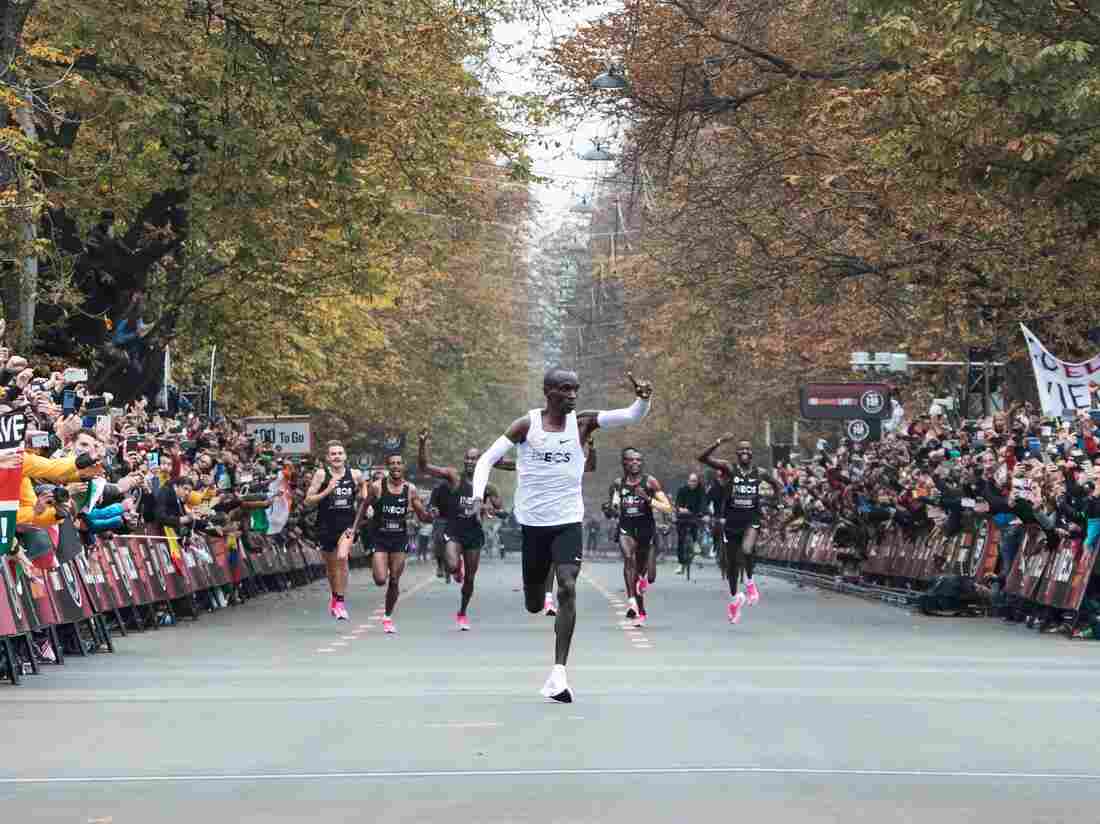Yoga Instructors Are Unionizing
NPR’s Sacha Pfeiffer speaks with yoga instructor Markella Los about forming the first yoga union in the United States.
SACHA PFEIFFER, HOST:
Yoga is a very big business in this country. Americans spend billions of dollars annually on yoga classes, but many instructors say they’re not getting their fair share. So next week, more than a hundred yoga teachers who work for the YogaWorks chain in New York City will vote on whether they will certify as a union. They want better pay, benefits and job security. And they’re backed by the International Association of Machinists and Aerospace Workers. To learn more about this, we called Markella Los. She’s a yoga instructor in New York City who’s involved in this union organizing. Markella, welcome.
MARKELLA LOS: Hi Sacha. Thanks for having me on.
PFEIFFER: Could you give us a sense of what are the kinds of work conditions for yoga teachers that motivated this unionization movement?
LOS: One of the biggest issues that we face as yoga teachers at YogaWorks but also in the industry as a whole is the lack of job security. We are at-will employees, which means that we could be let go at anytime for any reason with zero severance. We also don’t have any benefits. So even though our job is physically demanding and sort of emotionally and mentally demanding, we don’t have any benefits that other workers typically have.
And we also really want to have a voice on the job. As the ones on the ground, we have a lot of valuable information to share, both in terms of what our students need but also in terms of being, like, stewards of this practice. And so we really want to be able to stand up for the integrity of what we do, our work.
PFEIFFER: What kind of response have you received from YogaWorks in your effort to unionize?
LOS: The initial response we got was not exactly what we were hoping for. The emails that we got were actually full of quite a bit of misinformation and what I’ve come to see as, you know, a pretty typical union-busting tactics – telling us that we’d have to pay really high dues, that there would be a flat rate, that we’d lose all power. Since then, there’s been a changeover in the CEO position. And his tone so far seems to be different. He seems to be taking a different approach. But we have yet to see what actually happened. So, you know, the proof will be in the action. And also, the offer to recognize us still stands, and he hasn’t taken us up on that either. So we’ll see.
PFEIFFER: Markella, how many yoga instructors are involved in this unionization effort?
LOS: Our group of yoga teachers that gets to vote next week is about 120. Our current unionization effort only affects the four YogaWorks studios in New York City. So it’s not like an – a whole industry-wide thing at the moment, but we are hoping to at the very least get the conversation going, which we’ve already been pretty successful at and hopefully sort of, like, pave the way for other people to figure out in what way they can use their collective voice.
PFEIFFER: There’s an irony that if a wellness industry, at least from the point of view of its workers, is not being that mindful of the wellness of its workers. Do you view it that way in terms of pay and benefits?
LOS: That’s so well-said. That’s been a really big part of this. You know, we offer so much to our students. And we’re members of our community. And we’re not asking for the moon. We really just want to feel like we’re also taken care of so that we can continue to take care of other people. And in order to really provide the service that we’re providing, we need some basic security and some basic rights.
PFEIFFER: That’s Markella Los. She’s a yoga instructor for YogaWorks in New York City, and she’s part of the push to unionize yoga instructors there. Markella, thank you.
LOS: Thank you so much.
PFEIFFER: We reached out to YogaWorks for a comment, but the company has yet to respond.
Copyright © 2019 NPR. All rights reserved. Visit our website terms of use and permissions pages at www.npr.org for further information.
NPR transcripts are created on a rush deadline by Verb8tm, Inc., an NPR contractor, and produced using a proprietary transcription process developed with NPR. This text may not be in its final form and may be updated or revised in the future. Accuracy and availability may vary. The authoritative record of NPR’s programming is the audio record.




